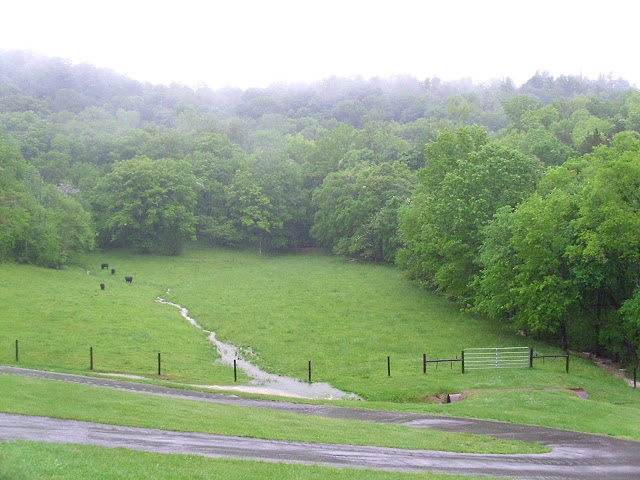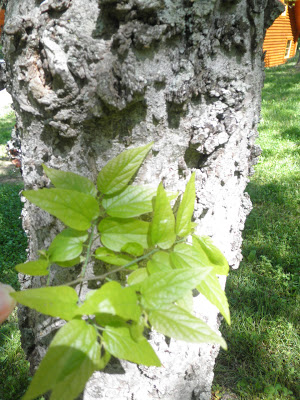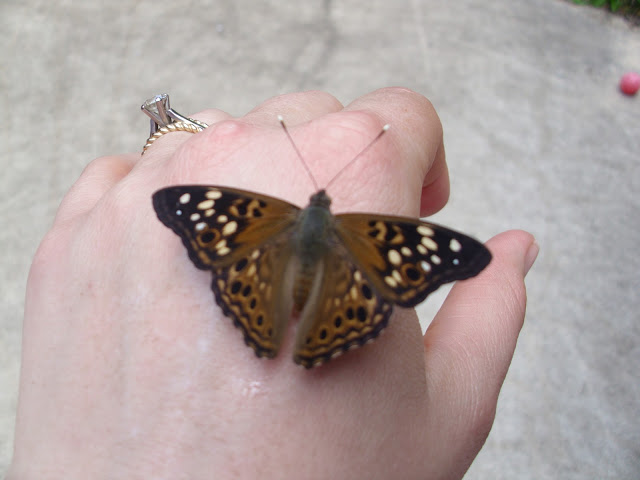Just look at all those trees!
Each one has a name.
Each one serves a purpose.
Each one holds something special and unique to discover.
To me, this is simply amazing.
Yet all my life, I just walked by without even really noticing them.
At about this time last year, we embarked on our first nature studies as a family. It was thrilling to learn how to identify something – anything – for the first time! It instilled in me a love for identifying the names of the things I see around me, and it brought life, discovery, and excitement to our normal, everyday routines. I have learned so much – how to flip through field guides, how to distinguish between minute differences, how to note the parts in relation to the whole, how to notice the interaction and interdependence of nature, and how to just slow down and pay attention to the world around me. Even so, I’ve also discovered that nature study requires a good deal of humility because there’s so much opportunity for a novice like me to get it wrong. I make false assumptions, I have a poor camera (and am a poor photographer), and, sitting here with a field guide, I can really struggle to figure out which-one-is-which.
This fall, in light of our upcoming plant studies, we planned to embark on an investigation of the trees on our property. But I just couldn’t wait until then. It is just way too exciting to wait.
So…. why would I get so excited about a tree? Well, because of this one right here:
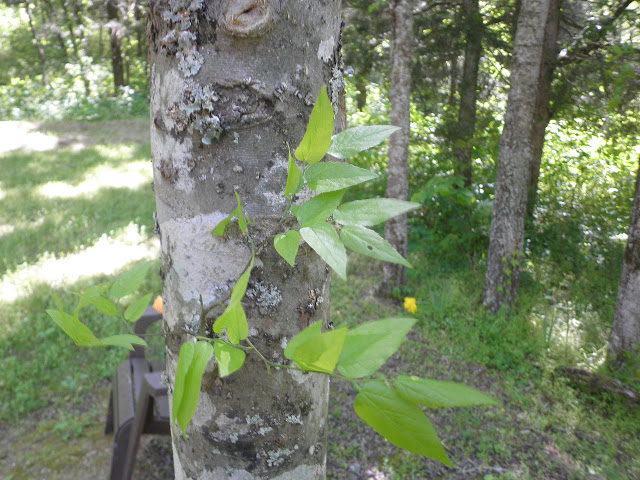 |
| The Hackberry Tree |
It’s not attractive. It has a smooth bark with bumpy warts, which sometimes causes it to look like this:
And sometimes the leaves are really deformed like this:
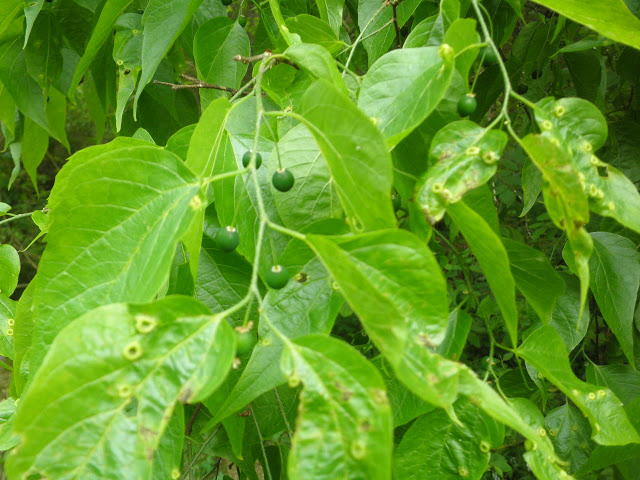 |
| Hackberry Nipple Galls (what I originally thought might be butterfly eggs) caused by Hackberry Gall Psyllids (also known as “plant lice.” YUCK!!). |
But during our first spring here, we were amazed at the number of butterflies that fluttered around us. I had never been anywhere like this, aside from butterfly gardens at the zoo.
We were so intrigued that we bought our first butterfly book: Kaufman Field Guide to Butterflies of North America and learned to use it in conjunction with the Butterflies and Moths of North America (BAMONA) website. We discovered that this friendly little butterfly is called a “Hackberry Emperor,” which meant we had to have “Hackberry” trees somewhere on our property. This called for a search within the pages of the National Audubon Society Field Guide to North American Trees – Eastern Region. And, EUREKA! It turned out to be this warty, crooked, unattractive tree that has it’s very own form of lice (thankfully, the Hackberry Gall Psyllids cause only cosmetic damage and do not infest the other trees – or us!). Come to find out, we have hundreds – possibly thousands – of these trees at Half-a-Hundred Acre Wood.
Yesterday, a friend joined us in a more thorough investigation of trees, and we discovered…
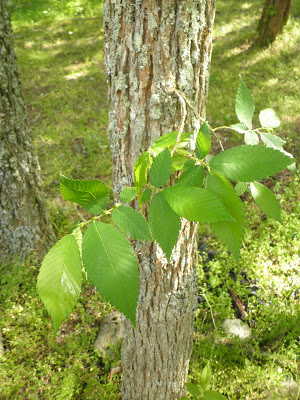 |
| The Winged Elm, which has little “wings” on the twigs. |
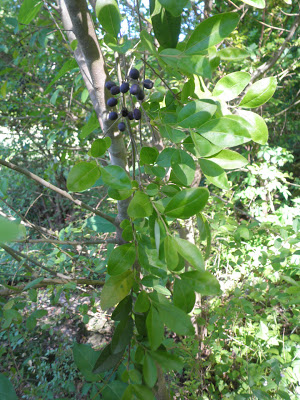 |
| The Chinese Privet, which is native to China. |
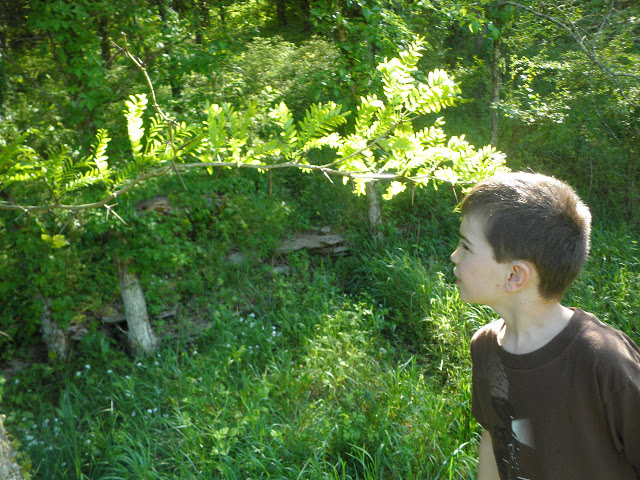 |
| The Honeylocust. But why is he looking at that tree like that? |
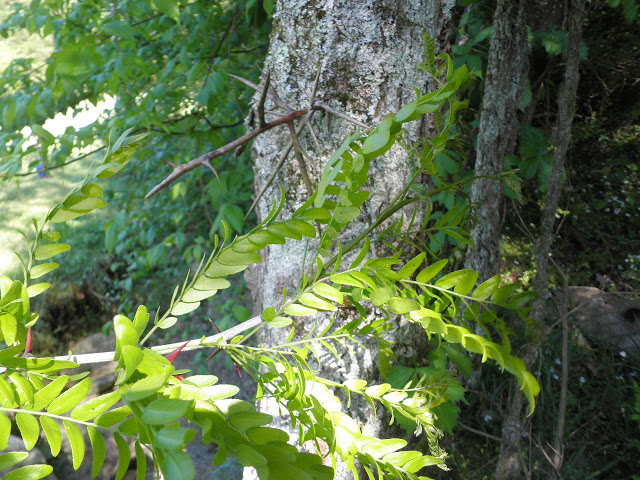 |
| Because of the 8″ thorns coming out of the trunk. (YIKES!) |
 |
| The Osage Orange (known for its heavy, bumpy green fruit, the hedgeapple) |
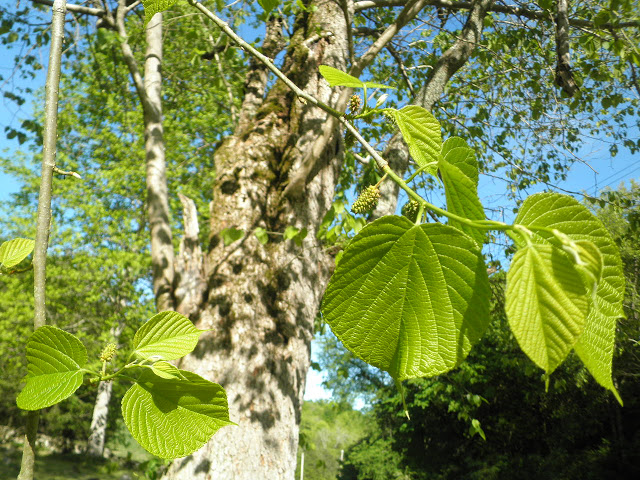 |
| Red Mulberry, Levi’s favorite. |
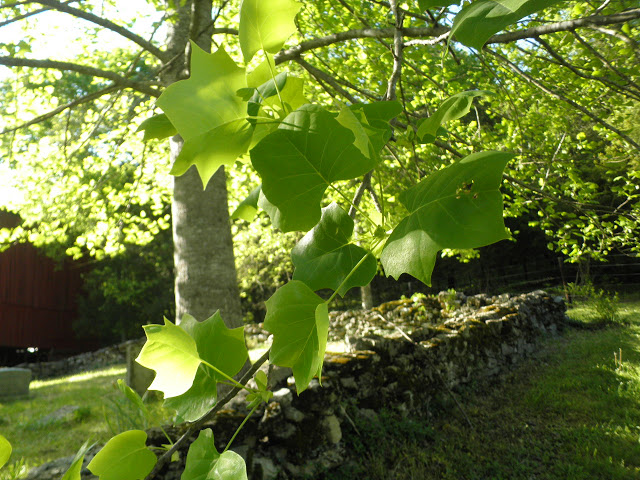 |
| Tulip Poplar (or Yellow-Poplar), Tennessee’s state tree |
Thus far, we’ve identified at least 20 different types of trees. But in doing so, one thing I’ve learned is that I have a lot to learn. The identification of trees is pretty tough (and my children are not nearly as excited about it as I am!). There are tons of things to consider in just the leaf itself. In fact, I’m still just learning the vocabulary on how to describe a leaf! And then to ensure proper identification, you need to observe the leaves, fruit, flowers, and seeds through the seasons, and consider the bark, twigs, and shape of the tree as a whole. (What’s more, my favorite field guide series, Kaufman, doesn’t have one for trees!)
Our Long-Term Project: A Botany Book
We are starting to make a botany book with photos, samples of leaves/twigs/thorns/seeds/etc., and bark & leaf rubbings. We’re pressing the leaves we’ve collected thus far and have even been experimenting with ways to preserve them (heat laminator vs. clear contact paper vs. another method?). As we add trees to our botany book, we’ll include drawings, observations, thoughts, and a fun fact or two.
My hope is that one of these days, we will be able to go up to any tree on our farm at any time of year and know exactly what it is. Just like my sons can now say, “There’s a Black Swallowtail [Butterfly]!” I hope they can also one day say, “That’s a Black Locust [Tree].”
If you’d also like to make a nature journal or botany book, some of our favorite resources have been:
Squidoo – Nature Journal
Handbook of Nature Study Blog – Freebies, including our subscription to the Outdoor Hour Challenge
Anna Botsford Comstock’s Handbook of Nature Study
Visit how to make a botany book for details on how we are journaling our study of trees this year!

